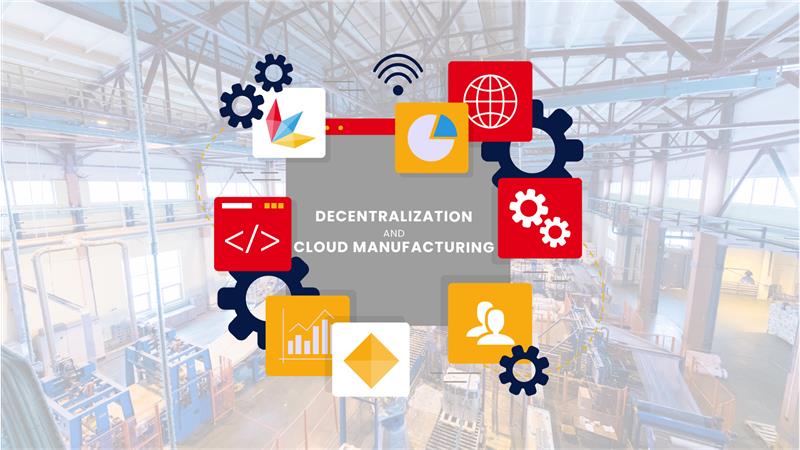Today’s manufacturing industry operates in a context of volatility, uncertainty, and complexity, where operational continuity and agile decision-making are essential for survival and competitiveness. In this scenario, the decentralization of production processes through digital cloud infrastructures and distributed services is emerging as a key lever to enhance the resilience of companies—both large and small.
The concept of cloud manufacturing is based on the virtualization of production resources and their accessibility through SaaS (Software as a Service), PaaS (Platform as a Service), or IaaS (Infrastructure as a Service) architectures. This approach enables new models of industrial collaboration, where plants, suppliers, customers, and partners interact in real time—even when geographically dispersed—sharing data, capabilities, and operational decisions.
What is cloud manufacturing and why it matters
Cloud manufacturing represents the digital evolution of traditional production systems. It allows companies to outsource, scale, and reconfigure their processes and resources flexibly, transforming manufacturing into a dynamic and adaptive ecosystem. Physical resources (machines, lines, robots) are “virtualized” through digital twins, while processes are orchestrated by digital platforms that monitor, analyze, and optimize operations in real time.
This paradigm leads to greater scalability, reduced time-to-market, flexible supply chains, and quicker responses to disruptions or demand fluctuations. It is not only a technological transition but also an organizational and cultural shift that moves companies toward network-based, shared, and interoperable operations.
Functional architecture and operational models
In cloud manufacturing, data collected from IoT sensors, MES, and ERP systems is aggregated and managed in cloud environments, where intelligent algorithms perform planning, optimization, simulation, and monitoring tasks. SaaS and PaaS platforms provide access to advanced tools without significant hardware investments, with automatic updates and on-demand scalability.
Alongside the “pure” cloud model, a growing trend is the adoption of hybrid edge-cloud architectures. These allow local control over sensitive operations (e.g., security, latency, operational continuity) while leveraging cloud capabilities for complex processing, storage, and intercompany coordination. This model is particularly suitable for SMEs, which may not afford full cloud centralization but still want to benefit from connectivity and automation.
Strategic benefits and organizational impact
By adopting cloud and distributed solutions, companies can significantly enhance operational resilience by reallocating production capacity during breakdowns, logistics disruptions, or demand spikes. Real-time visibility into the supply chain and internal processes enables faster, data-driven decisions. Moreover, cloud scalability lowers the marginal cost of innovation, giving even smaller companies access to technologies like AI, predictive maintenance, and machine learning.
Organizationally, cloud manufacturing fosters collaboration across departments and sites, breaking down information silos and promoting interconnected workflows. Resource and data sharing fosters the development of open industrial ecosystems, with positive effects on innovation, sustainability, and competitiveness.
Challenges and limitations of the cloud approach
Despite its benefits, one must avoid the technological fallacy that cloud is always superior to local models. In highly sensitive manufacturing contexts (e.g., defense, pharmaceuticals, high-precision components), security constraints, latency issues, or network availability may make local processing preferable.
Additionally, reliance on external providers introduces risks related to vendor lock-in, service continuity, and regulatory compliance—particularly in managing industrial data. It is therefore critical to establish clear governance strategies, choose reliable partners, and carefully assess the balance between centralization and operational control.


